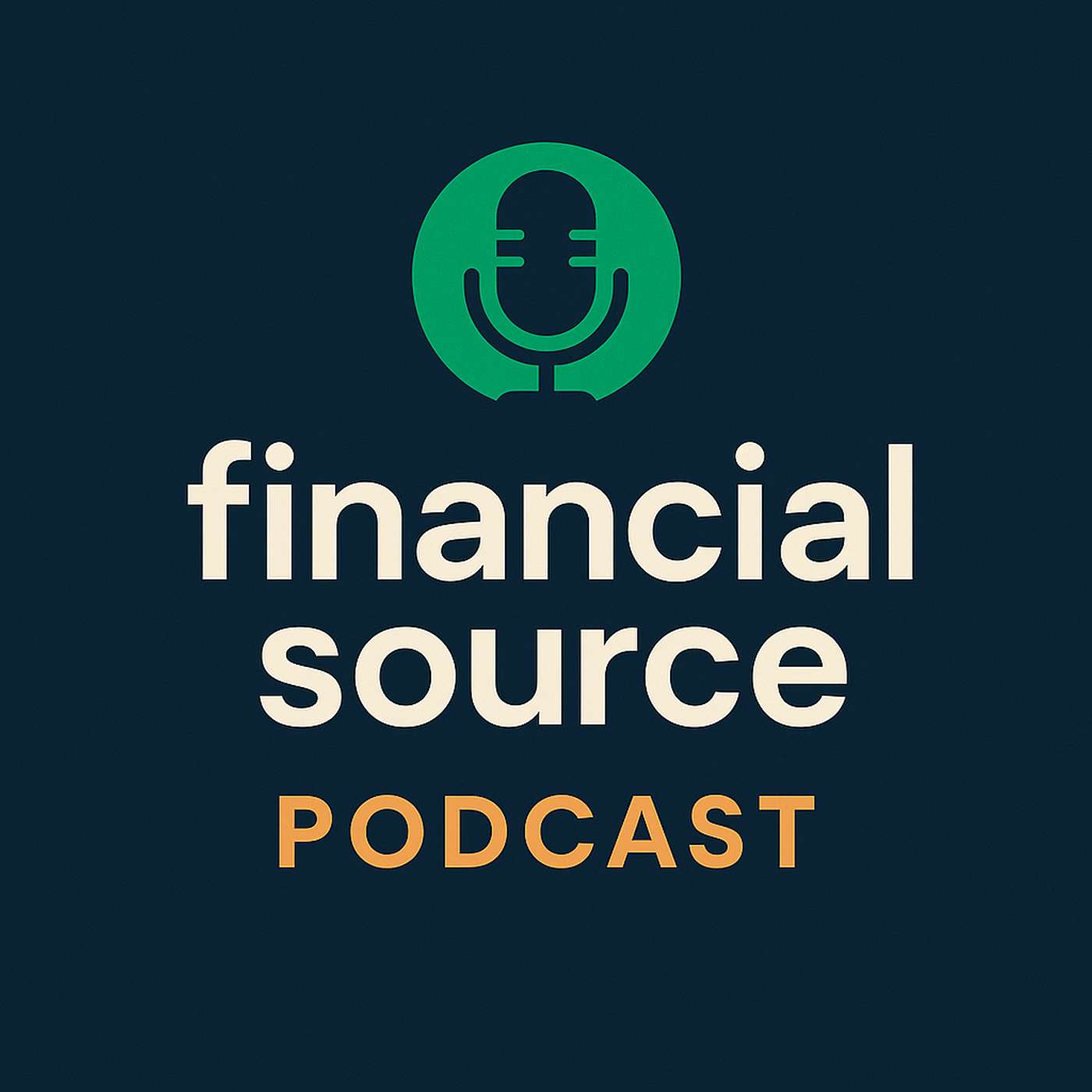Listen "Risk-Off Everywhere - What Oil, Copper, and Currencies Are Signaling Now: US Session Update, November 14th"
Episode Synopsis
This episode dissects the tightening link between geopolitical flashpoints, volatile currency moves, and the accelerating restructuring of global trade. The discussion explores how energy markets are repricing risk after simultaneous shocks in the Middle East and the Black Sea, why the British pound is acting as a real-time gauge of UK fiscal credibility, and how major US trade agreements are reshaping global supply chains for the next decade. Listeners are taken inside a macro environment defined by rapid political shifts, long-term strategic alignments, and markets struggling to separate noise from signal.00:03.20 — Introduction to Market Dynamics: The hosts open by outlining a market torn between immediate geopolitical flare-ups and slow-moving structural changes in global trade. They set the stage for a session defined by energy shocks, currency volatility, and shifting investor sentiment as traders attempt to interpret a complex macro landscape.00:38.12 — Geopolitical Tensions and Market Volatility: The conversation moves into the sharp rise in volatility, driven by back-to-back geopolitical events. Oil futures jumped as tensions escalated near the Strait of Hormuz and the Black Sea, forcing traders to reassess supply security. Meanwhile, broader risk appetite deteriorated, weighing on global equities and industrial metals as sentiment turned defensive.01:26.46 — Immediate Market Movers: Crude Oil Surge: The hosts break down the dual shocks that sent crude oil sharply higher: Iran’s intervention near a key shipping lane and a Ukrainian drone strike damaging Russian infrastructure. They explain how these events reinforced a growing geopolitical risk premium and why tightening supply signals from major producers are amplifying the move. The segment highlights how energy volatility is spilling into broader asset pricing.03:48.42 — Currency Fluctuations: The Pound’s Rollercoaster: Attention shifts to currencies, where the British pound delivered one of the week’s wildest moves. Conflicting headlines about UK fiscal policy triggered rapid swings in gilts and sterling, exposing how sensitive markets are to questions of government credibility. The hosts contrast this with steadier dollar behavior, monetary hesitation in Japan, and stronger performance in New Zealand as easing mortgage rules lifted the Kiwi.06:00.85 — Long-Term Implications of US Trade Policy: The discussion turns to the long-horizon story: sweeping US trade deals that will shape global supply chains for years. A landmark agreement with South Korea includes hundreds of billions in industrial and defense commitments, chip-sector protections, and currency-stability assurances. The hosts outline how similar frameworks across Latin America and Europe reflect a broader geopolitical strategy aimed at tightening alliances while controlling inflation and technological dependency.08:54.38 — Geopolitical Tensions in East Asia: The focus broadens to rising friction in East Asia, where sharp diplomatic exchanges between China and Japan have heightened regional risk. The hosts detail how military planning across Asia, the Middle East, and Latin America is feeding into market defensiveness. This segment links geopolitical escalation to asset allocation decisions, especially in currencies and commodities tied to regional stability.10:17.64 — Navigating Market Stress and Trade Reconfigurations: Investors face the dual challenge of near-term geopolitical stress and long-term realignment in global trade. The hosts discuss how to distinguish transient price shocks from structural shifts, emphasizing the need to prioritize strategic trade deals over short-lived political rumors. They highlight how energy supply risks and global manufacturing restructuring are becoming central drivers of cross-asset performance.11:13.73 — Conclusion and Future Outlook: The episode closes with a synthesis of how geopolitical tension, trade architecture, and currency instability are reshaping global markets. The hosts stress that successful navigation requires focusing on durable macro signals rather than momentary volatility. Listeners are invited to stay tuned for further insights as these major shifts continue to unfold.
More episodes of the podcast The Financial Source Podcast
The Dollar Stays Strong While Political Chaos Hits the Pound: US Session Update, November 12th
12/11/2025
Oil and Gold Surge Together — What’s Driving This Unlikely Rally?: US Session Update, November 11th
11/11/2025
Why Smart Money Is Buying Gold Even as Risk Appetite Returns: London Session Update, November 11th
11/11/2025
ING's Main Calls for 2026
10/11/2025
 ZARZA We are Zarza, the prestigious firm behind major projects in information technology.
ZARZA We are Zarza, the prestigious firm behind major projects in information technology.
